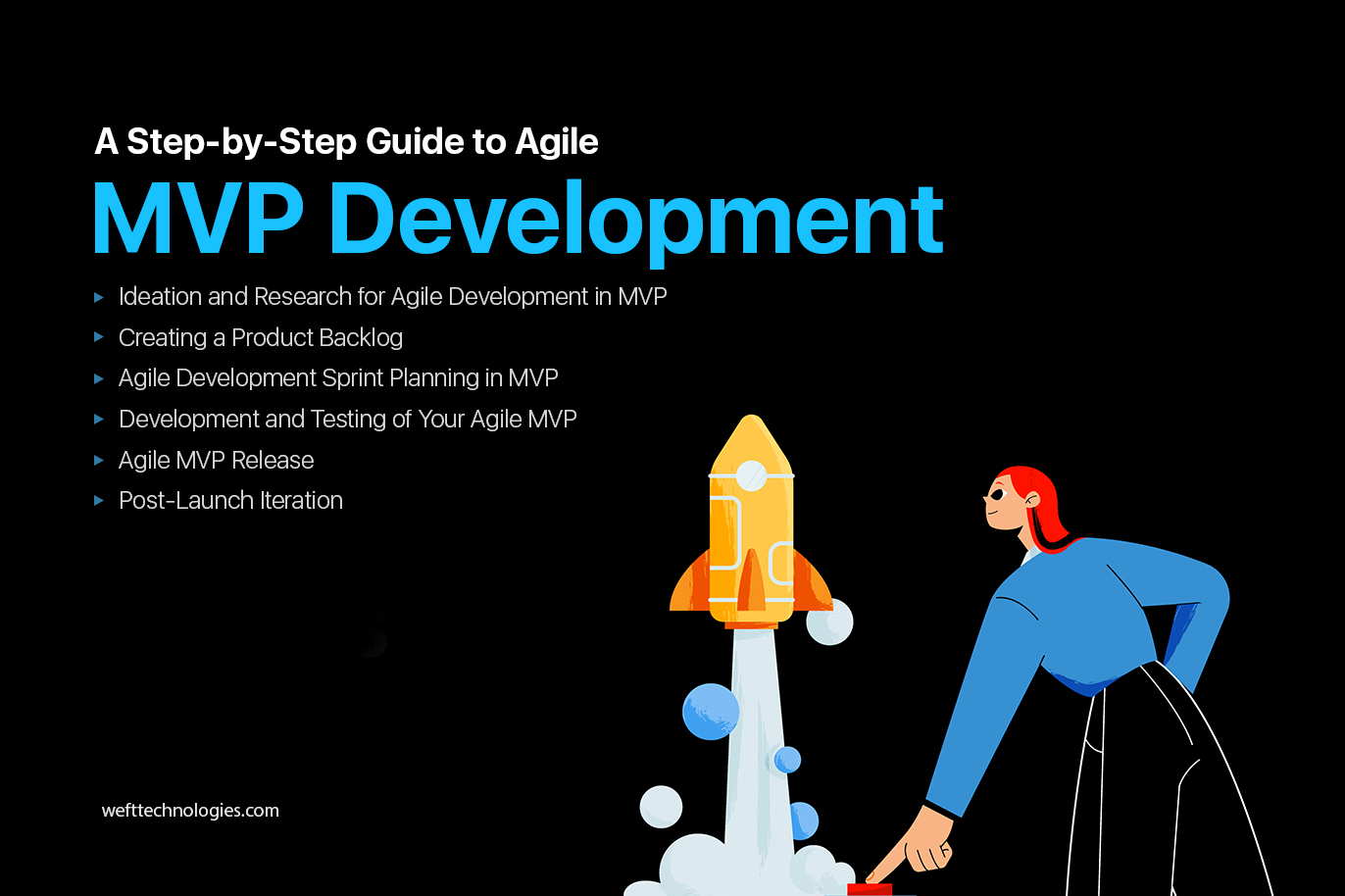What is SDLC? An In-Depth Guide to the Software Development Life Cycle
Imagine this: you’re sitting at your workstation, gazing at the computer screen with mounting exasperation as yet another software project falls behind schedule and surpasses the budget. Does this sound like an all too familiar scenario? It’s time to break free from the chaos and embrace the power of the Software Development Lifecycle (SDLC) – the solution to unleashing cost-effective, efficient, and superior-quality software development.
What is the software development life cycle (SDLC)?
Developing software is an intricate and multi-dimensional endeavor that demands meticulous preparation, execution, and monitoring. As the SDLC full form denotes Software Development Lifecycle provides a structured approach that enables software development teams to design, create, test, and deploy high-quality software that meets customer expectations. The primary objective of the SDLC methodology is to mitigate project risks and uncertainties through advanced planning, ensuring that software is delivered on time, within budget, and to the highest standards of quality.
Why is the SDLC process important?
The importance of the Software Development Life Cycle (SDLC) lies in the fact that it provides development teams with a comprehensive and systematic approach to managing complex software projects. The SDLC in Software engineering ensures that software development is carried out in a structured and organized manner, taking into account all the critical phases of the software development process.
One of the key benefits of the SDLC Lifecycle is that it enables development teams to manage project timelines effectively. By breaking down the software development process into distinct phases, teams can better estimate the time required to complete each phase and allocate resources accordingly. Another advantage of the SDLC Lifecycle is that it ensures that software development is carried out with a focus on quality. The methodology provides a structured framework for the planning, implementation, and validation of software, ensuring that all aspects of development are thoroughly tested and validated before release.
The different stages of the SDLC Life cycle
Planning: Setting Expectations and Creating a Project Plan
The first of the SDLC phases is the planning phase, where the development team collects requirements from stakeholders and creates a software requirement specification document. This document sets expectations, defines common goals, and helps in project planning. The team estimates costs, creates a schedule, and develops a detailed plan to achieve its goals. A well-planned project can reduce costs, increase efficiency, and improve the chances of success in delivering high-quality software solutions.
Design: Identifying the Best Solutions for Software Creation
During the design stage of the software development life cycle, software engineers take time to examine the requirements needed to create the software. By analyzing these requirements, they identify the best solutions that can be integrated into the software development process. In addition, the team may also consider the integration of pre-existing modules, make necessary technology choices, and identify development tools that will aid in achieving the software development goals.
Implementation: Coding the Software with Precision
It is during this stage wherein, the development team takes on the task of coding the software. The team carefully analyzes the requirements outlined in the software requirement specification document to identify smaller coding tasks that can be tackled on a daily basis, allowing them to achieve the final result in an efficient and timely manner.
Testing: Combining Automation and Manual Testing for Quality Assurance
SDLC in software testing comprising automated and manual testing, undertaken to conduct a thorough examination of the software to detect any potential defects. The software undergoes a meticulous quality analysis, which involves scrutinizing it for errors and verifying if it meets the customer’s expectations.
Deployment and Maintenance: Moving to Production and Ensuring Ongoing Performance and Security.
The deployment and maintenance phase is the last of the SDLC phases and therefore marks the transition of the software from development to production, and it entails a series of tasks to ensure that it operates efficiently and securely. These tasks include packaging, configuring the environment, and installing the latest build in the production environment. During the maintenance phase, the team focuses on resolving customer issues, fixing bugs, and managing software changes. They also monitor the overall performance, security, and user experience of the system to identify areas for improvement and implement updates as necessary.
What are SDLC models?
The major SDLC models in software engineering include:
Waterfall: The waterfall model organizes all the phases in a sequential manner where each subsequent phase relies on the successful completion of the previous phase. This model is particularly useful for providing structure to project management and delivering tangible results at the end of each phase. However, changes to requirements or specifications may negatively impact the software’s delivery time, cost, and quality, making it ideal for smaller software development projects.
Iterative: Teams begin software development with a small subset of requirements and iteratively enhance versions over time. It’s easy to identify and manage risks, but repeated cycles could lead to scope change and underestimation of resources.
Spiral: This model combines the iterative model’s small repeated cycles with the waterfall model’s linear sequential flow to prioritize risk analysis. It’s suitable for large and complex projects that require frequent changes but can be expensive for smaller projects with a limited scope.
Agile: The model arranges the SDLC phases into several development cycles, iterating rapidly and delivering only small, incremental software changes in each cycle. It helps teams identify and address issues in complex projects early on and engage customers and stakeholders for feedback throughout the project lifecycle. However, overreliance on customer feedback could lead to excessive scope changes or end the project midway.
How does SDLC address security?
In traditional software development, security testing was conducted separately from SDLC, leading to a high number of undiscovered security flaws. However, modern teams recognize security as an essential part of the software development lifecycle. By following DevSecOps practices and conducting security assessments throughout the SDLC process, teams can integrate security testing at every stage of development. This practice encourages collaboration between developers, security specialists, and operations teams to build secure software that can withstand modern threats. Additionally, DevSecOps ensures that security assurance activities such as code review, architecture analysis, and penetration testing are an integral part of the development process.
In essence, the SDLC empowers development teams to manage complex software projects with precision and efficiency. By adopting the SDLC methodology, development teams can reduce costs, manage timelines, and deliver high-quality software that meets customer needs and industry standards. The SDLC is an indispensable tool for any modern development team seeking to deliver cutting-edge software in a fast-paced and ever-changing technological landscape.
At WEFT, we have a team of experts who can help you develop and implement the right SDLC model that best suits your organization’s requirements. By integrating security testing at every stage of the software development process and adopting DevSecOps practices, we can help you build secure, high-quality software that meets modern business needs. Let us help you streamline your SDLC requirements and bring your software development goals to fruition.
What’s Next

How to Choose the Right Mobile App Development Technology in 2025: A Complete Guide

Overcoming 10 Common Challenges In Digital Product Development

Data Privacy in Digital Marketing: Using Personal Data the Right Way

Non-Tech Founders, Here’s How to Build Your MVP the Right Way

The Future of Software Development: How We Stay Ahead of Industry Trends

How Voice Search Affects SEO: Ways to Stay Ahead with Smart Strategies

Top 10 Mobile App Development Trends of 2025

How to Iterate faster with Agile MVP Development: A Step-by-Step Approach to Building Scalable Products

UI/UX Trends That Will Shape the Industry in 2025 & Beyond

